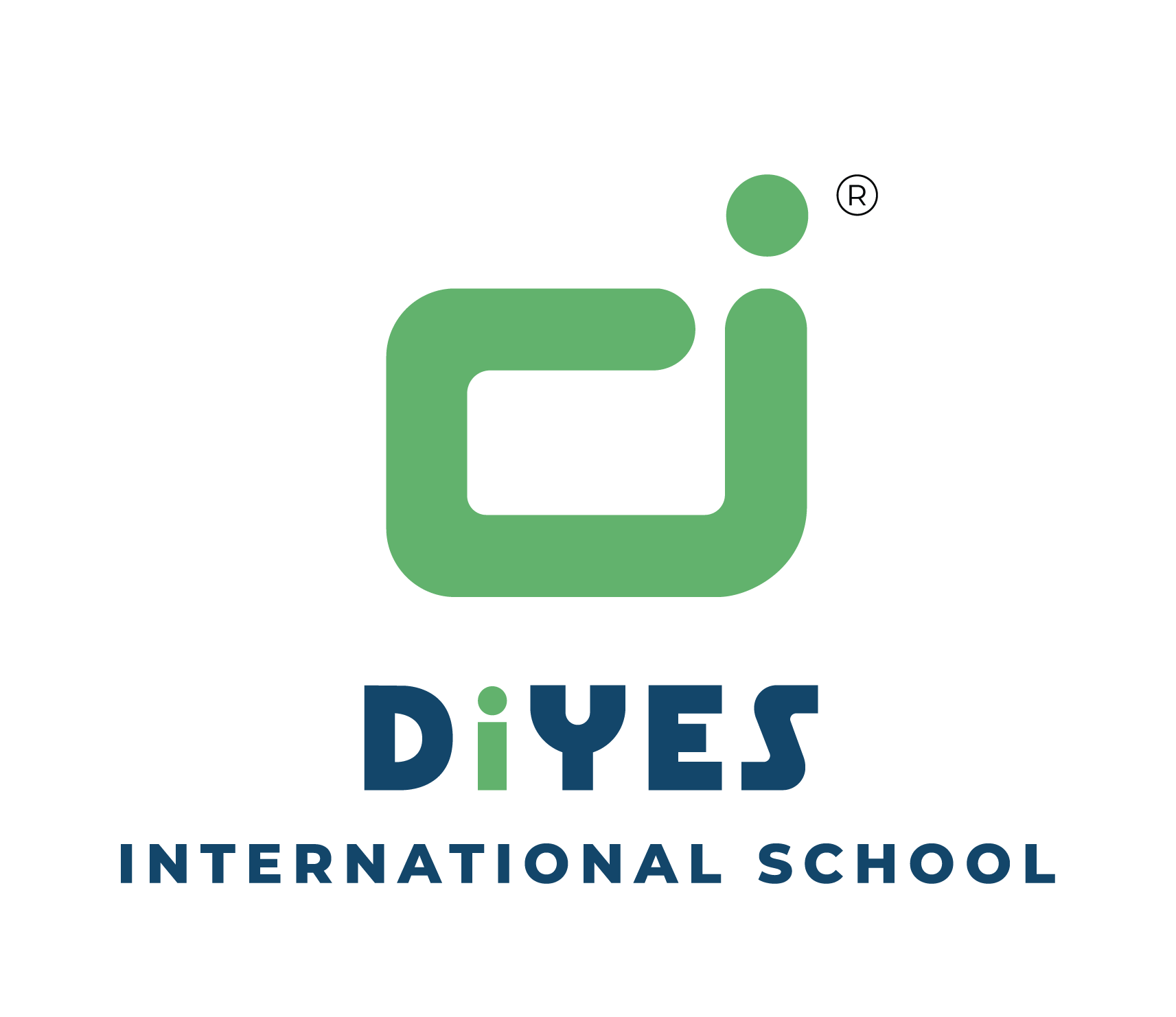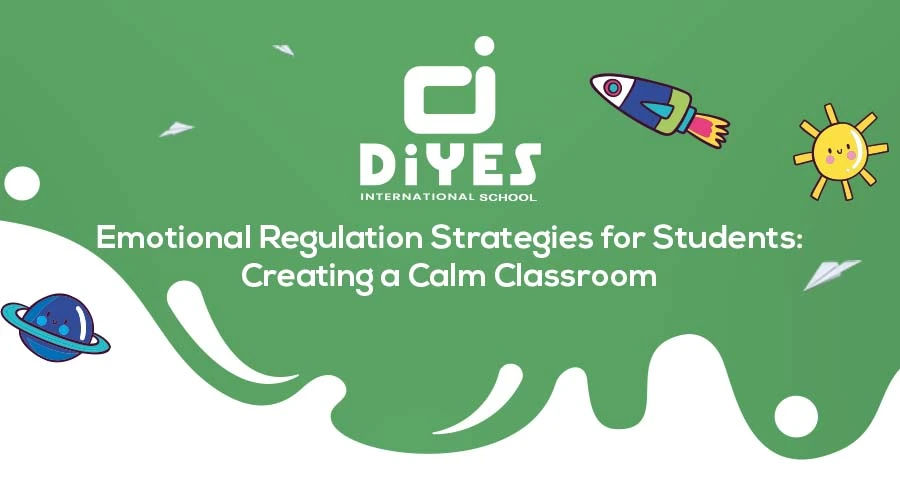In the dynamic landscape of education, where the daily hustle and bustle can sometimes overwhelm, the significance of nurturing emotional regulation skills in students becomes even more pronounced. A calm and conducive classroom environment is not just an aspiration but a necessity, contributing profoundly to both the learning experience and the personal development of each student.

This blog ventures into the various facets of emotional regulation strategies tailored for students, shedding light on the importance of instilling these skills early on and creating an environment that nurtures emotional well-being.
This article delves into the realm of emotional regulation techniques, offering insights into teaching emotional regulation skills to students. With a focus on creating a calm classroom, it explores strategies for emotional regulation and provides practical guidance on how to teach these skills effectively. From emotion regulation activities to broader methods that shape a positive emotional climate, this comprehensive guide aims to empower educators to nurture emotional intelligence in their students.
Understanding Emotional Regulation
In the dynamic landscape of education, emotional regulation stands as a cornerstone for nurturing healthy development among students. This section seeks to illuminate the multifaceted concept by providing a comprehensive definition, emphasizing its essential role, and shedding light on its profound impact on both the emotional well-being and academic success of students.
Defining Emotional Regulation:
- Providing a Clear Definition and Framework:
Emotional regulation involves the conscious and subconscious processes that individuals employ to manage and respond to their emotions effectively. This subsection elucidates the intricacies of emotional regulation, providing a clear and accessible definition.
- Understanding the Spectrum of Emotions:
Emotions span a wide spectrum, from joy to sadness and excitement to anger. This part of the discussion delves into the diverse array of emotions, acknowledging their dynamic nature and the importance of recognizing and navigating this complexity.
Significance in a Learning Environment:
- Importance of Emotional Regulation in Learning:
Emotional regulation is not only integral to personal well-being but also plays a crucial role in nurturing engagement and cognitive abilities in a learning environment. This subtopic explores how emotional well-being contributes to creating an optimal atmosphere for learning.
- Exploring Contributions to Engagement:
Emphasizing the positive impact of emotional regulation on students’ engagement in academic activities. A student who can effectively regulate their emotions is better equipped to focus on learning tasks and participate actively in the educational process.
Impact on Academic Success:
- Correlation Between Emotional Regulation and Achievement:
Investigating the correlation between emotional regulation and academic achievement, this subtopic explores how students who develop strong emotional regulation skills tend to perform better academically.
- Research Findings on Positive Outcomes:
Delving into research findings that underscore the positive outcomes associated with effective emotional regulation. This includes improved problem-solving skills, enhanced interpersonal relationships, and overall success in academic endeavours.
Understanding emotional regulation is not merely an academic exercise; it forms the bedrock for creating an environment where students can thrive emotionally and academically. This foundational knowledge serves as a springboard for the subsequent exploration of strategies aimed at nurturing students’ emotional intelligence.
Teaching Emotional Regulation Skills
In the intricate tapestry of education, the effective teaching of emotional regulation skills emerges as a vital aspect, demanding a nuanced and adaptable approach. This section sets the stage by highlighting the significance of imparting these skills and emphasizing the pivotal role educators play in shaping the emotional well-being of their students

Modelling Emotional Regulation:
- Exploring the Impact of Teachers as Emotional Role Models:
Teachers, as influential figures, serve as emotional role models for students. This subtopic delves into the profound impact educators have on shaping students’ emotional responses through their own modelling of healthy emotional regulation.
- The Power of Demonstrating Healthy Responses:
The classroom becomes a microcosm of emotional interactions, and teachers hold the key to demonstrating healthy responses. This part of the discussion unpacks the power of showcasing constructive emotional reactions, setting a positive example for students to emulate.
Providing Explicit Instruction:
- Outlining the Need for Direct Instruction:
Emotional regulation skills are best acquired through direct and explicit instruction. This subtopic outlines the necessity of providing clear and direct guidance to students, offering a roadmap for navigating their own emotions.
- Introducing Age-Appropriate Language and Concepts:
Recognizing the developmental diversity among students, this aspect stresses the importance of tailoring instruction to the age and comprehension levels of the learners. It introduces strategies for using age-appropriate language and concepts to facilitate understanding.
Creating a Safe Space:
- Emphasizing the Role of a Safe Environment:
A safe and supportive classroom environment is a prerequisite for effective emotional regulation. This subtopic explores the pivotal role of the physical and emotional classroom space in nurturing emotional well-being.
- Strategies for Nurturing Open Communication:
Discussing specific strategies that educators can employ to foster open communication and trust among students. Creating an environment where students feel safe expressing their emotions is paramount for effective regulation.
Incorporating Age-Appropriate Activities:
- Highlighting the Importance of Tailored Activities:
Different age groups require different approaches. This subtopic highlights the importance of tailoring activities to the developmental stages of students, ensuring that the activities resonate with their understanding and experiences.
- Providing Examples of Emotional Intelligence Activities:
Offering concrete examples of activities that promote emotional intelligence. These could range from storytelling and art projects to interactive games, all designed to enhance students’ emotional awareness and regulation skills.
Teaching emotional regulation skills is a nuanced endeavour that involves a combination of modelling, explicit instruction, and creating a conducive environment. Educators, as facilitators, play a pivotal role in equipping students with the tools necessary to navigate their emotions effectively, setting the stage for positive emotional development.
Strategies for Emotional Regulation
Venturing into the practical domain, this section immerses itself in a comprehensive exploration of strategies tailored to facilitate emotional regulation in students. The aim is to furnish educators with a versatile toolbox, accommodating diverse age groups and individual needs, thereby enhancing their capacity to guide students in effective emotional regulation.
Mindfulness and Deep Breathing Exercises:
- Introducing Mindfulness as a Powerful Tool:
Mindfulness emerges as a potent strategy for emotional regulation. This subtopic introduces the concept of mindfulness, highlighting its transformative potential in cultivating self-awareness and emotional balance.
- Detailing Specific Deep Breathing Exercises:

Delving deeper, this part provides a detailed overview of specific deep breathing exercises. These exercises act as practical tools for students to regulate their emotions by nurturing a sense of calmness and centeredness.
Incorporating Visual Aids:
- Discussing the Role of Visual Aids:
Visual aids serve as valuable tools for promoting emotional understanding. This subtopic explores the role of visual elements in facilitating comprehension and communication of emotions within the classroom environment.
- Providing Examples of Visual Tools:
Offering concrete examples, this part illustrates how visual tools can aid in self-reflection and expression. From emotion charts to mood boards, these tools empower students to articulate and navigate their emotional landscapes.
Implementing Structured Routines:
- Exploring the Benefits of Structured Routines:
Structured routines contribute significantly to emotional stability. This subtopic delves into the advantages of incorporating routines into daily classroom practices, establishing predictability and providing a comforting framework for emotional regulation.
- Providing Guidelines for Incorporating Routines:
Offering practical guidance, this section provides educators with actionable steps for seamlessly integrating structured routines into their classrooms. Clear guidelines ensure a smooth implementation that aligns with the diverse needs of students.
Insights into Benefits:
- Highlighting Positive Outcomes:
This segment emphasizes the positive outcomes associated with the integration of emotional regulation strategies. From improved focus and academic performance to enhanced social interactions, the benefits underscore the transformative impact of these strategies.
- Discussing Research Findings:
Grounding the discussion in empirical evidence, this part delves into research findings that illuminate the tangible impact of emotional regulation strategies on students’ well-being. Evidence-based insights further validate the efficacy of these approaches.
The strategies delineated in this section form a diverse and adaptable toolkit for educators, accentuating the need for tailored approaches to meet individual needs and preferences. Through the consistent incorporation of these techniques into daily practices, educators become instrumental in nurturing students’ emotional well-being and contributing to a positive and supportive learning environment.
Creating a Calm Classroom
Expanding the horizon beyond individual strategies, this section adopts a holistic lens to explore the creation of a calm classroom environment. Acknowledging the intricate interplay of various elements, it delves into the broader factors that collectively contribute to nurturing a serene and positive learning space.
Impact of Classroom Design:
- Discussing the Influence of Physical Space:
The physical environment significantly influences emotional regulation. This subtopic examines how the design of the classroom space can impact students’ emotional well-being, exploring the use of layout, lighting, and organization to create a calming atmosphere.
- Exploring Principles of Classroom Design:
Delving deeper, this part explores the principles of classroom design that support a calm atmosphere. From ergonomic furniture to incorporating elements of nature, these design choices contribute to a conducive environment for emotional regulation.
Role of Positive Teacher-Student Relationships:
- Emphasizing the Significance of Positive Relationships:
Positive teacher-student relationships are foundational to emotional well-being. This subtopic underscores the significance of nurturing strong connections between teachers and students, creating a supportive and trusting atmosphere.
- Providing Practical Tips for Nurturing Connections:
Offering practical tips for educators to build and maintain positive relationships with their students. From active listening to personalized interactions, these strategies contribute to a positive emotional climate in the classroom.
Incorporation of Restorative Practices:
- Introducing Restorative Practices:
Restorative practices offer a constructive approach to conflict resolution and emotional healing. This subtopic introduces the concept, highlighting its role in creating a sense of community and addressing issues in a way that promotes emotional well-being.
- Discussing the Implementation of Restorative Circles:
Delving into the practical implementation of restorative circles and discussions in the classroom. These practices provide a structured platform for students to express themselves, resolve conflicts, and foster a sense of collective responsibility.
Creating a calm classroom necessitates a holistic approach that addresses physical, relational, and procedural aspects. Through the thoughtful implementation of strategies discussed in this section, educators contribute to an environment that not only promotes emotional regulation but also cultivates positive social interactions and overall well-being among students.
Conclusion
In conclusion, the implementation of emotional regulation techniques in the classroom goes beyond academic success; it contributes to the overall well-being of students. By providing practical guidance on teaching emotional regulation skills, this article aims to empower educators to create an environment that nurtures emotional intelligence. The adoption of these strategies not only enhances the learning experience but also equips students with crucial life skills for their personal and academic journeys.
At DiYES International School, we prioritize the comprehensive development of our students, recognizing the integral role emotional regulation plays in their academic and personal success. By incorporating these strategies into our educational approach, we create a calm and supportive environment that fosters emotional intelligence. Our commitment to teaching emotional regulation goes hand in hand with our dedication to academic excellence, ensuring that every student at DiYES International School is equipped with the tools for both scholarly achievements and emotional well-being.If you’re interested in exploring further insights on our holistic approach to education, we invite you to visit DiYES International School at www.diyesinternational.edu.in or contact us at +91 8547609000.


